Demographics are indeed destiny, and America is changing. Consider that last year was the first in which a majority of babies born in the U.S. were non-white, and that the year by which people of color become a majority of the population is now projected to be around 2040.
Diversity is a one-way train, and those who don't get on board will fail.
While the racial and ethnic diversity of our nation increases yearly, there is still an appalling lack of it in many sectors of professional life and our economy. It is especially shocking that the nonprofit sector -- the sector that exists to bring people together for public purposes - lacks diversity among its top leaders and board members.
Diversity and inclusion are not just nice things to do, but they are essential if leaders and organizations want to succeed in meeting the needs of our evolving nation over the long-term.
The 2008 election was historic because our nation voted our first African American president into office. I believe the 2012 election may prove just as historic because the election was won due to a more diverse voting population than ever. Republicans are wringing their hands over how to appeal to a broader cross-section of Americans. A New Yorker cartoon captured the moment with four older white men in an office overlooking the U.S. Capitol. One calls out to his assistant: "Ms. Davis, get us some binders full of Latinos."
Hiring, retaining, and promoting diverse talent is not a new idea, but it is certainly gaining greater urgency.
The "binders full of women" meme has sustained since Governor Mitt Romney's infamous gaffe during the presidential campaign. While awkward, his story was instructive. While forming his administration in Massachusetts, he was seeing only job candidates who looked like him, and therefore requested "binders full of women" so he could see qualified female candidates as well. When it was discovered that the binders were presented to him unrequested, and that his administration had a mixed record on hiring, the gaffe became more poignant.
In fact, what the Governor tried to do was practice affirmative action. He recognized that his own social network limited him to finding mostly white guys like himself. He realized that to govern effectively, he needed to have some people not like himself, and while he did not create the binders himself, it was good that he used them to increase diversity in his administration.
While I saw many "progressive" friends, especially nonprofit colleagues, joke over social media about his gaffe, many should look in the mirror. I see lots of organizations talk about their commitment to diversity, but few demonstrate that commitment in practice. Several studies of nonprofit organizations have reported that over 80 percent of nonprofit leaders are white. Even more alarming, one study found younger executive directors less diverse than their older peers. And women join people of color under the glass ceiling at the largest organizations in the sector.
For a nonprofit, if the photos of the people you serve on the cover of your annual report bear little resemblance to the photos of staff and board leadership in the back of the report, you have a problem.
Diversity and inclusion require commitments to action. They are not passive words to put into mission and values statements, but actions one takes that demonstrate the commitment. There is a simple pass/fail test: look around or listen to who is around you. Are you proud about or defensive about the diversity you have at every level of your organization? Do you demand diversity on all teams or groups you are part of? Do you need your own binders full of women? African Americans? Latinos? Asian Americans? Native Americans? People who identify as lesbian, gay, bisexual, or transgendered? People with disabilities?
Diversity and inclusion are not just about changing who is sitting at your proverbial table, but also about changing the table itself. That is what makes diversity challenging for many people: If you bring in people with different backgrounds, experiences, and perspectives, they will change the conversations you have, the ways you work, the processes by which decisions are made. But by bringing people with diverse experiences and knowledge together, you have the opportunity to gain new insights, new assets, and new solutions.
It is not just about inviting diverse people, but fully engaging them and making clear that they are valued and essential to your group's success.
It is time nonprofits be held accountable for better reflecting the communities and constituencies they serve, and demonstrating their commitment to inclusion by who they hire, promote, and engage to work on important issues. And yes, if organizations do not have the social networks to gather such diversity, reach out to groups and get your binders. If organizations don't embrace diversity at every level, they will not succeed long-term in the new America.
